New life of old Wi-Fi module
Let's start, perhaps, with the fact that manufacturers of many motherboards in the premium segment are equipped with built-in Wi-Fi modules. From those that I met - these were mainly Asus and Asrock motherboards.
The other day, they gave me the Asus P5N32 SLI Premium.
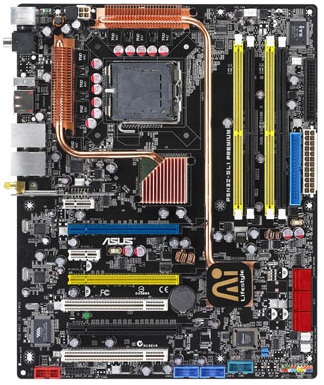
')
Having fiddled with the patient for some time and realizing that he is not subject to resuscitation (thank Nvidia chipsets), it was decided to send him to a rack with other “donors”. I was only interested in the wireless module. It was held only by the connector and the metal angle screwed to the motherboard, so it was easily removed.

On the other side

Runaway Google and Forum Asus issued pinout this piece of iron.
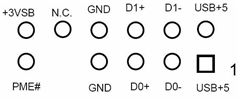
It is seen that the module is designed to work on the USB bus. For its full work, you need to use USB + 5, D0-, D0 +, GND and + 3VSB. The first four can be directly obtained from the USB connector. But to get + 3VSB +3 volts we use a linear power converter, for example AMS 1117 3.3 , which will allow you to get 3.3v from 5v, making our device independent of the motherboard and fully powered from USB.

Since I do not like irreversible changes, I decided to make a USB cable in which on the other hand there will be a so-called “comb” that will be connected to the module connector.
To do this, a connector with a suitable pitch pitch, a power converter, and a couple of 22mkF 25V capacitors were soldered out of the dead motherboard, which will be soldered to the input and output of the converter to facilitate its life.
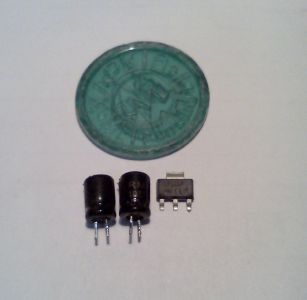
To begin with, we put a piece of heat shrinkage on the converter for insulation. This will allow it to be placed between the comb pins for minimum dimensions. We solder to the Ground converter (to the Ground), + 5v (to the V in ), + 3.3v (to the V out ). Also between + 5V - Ground and 3.3V - Ground we solder capacitors, observing the polarity. The result was such a thing.
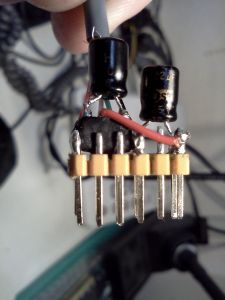
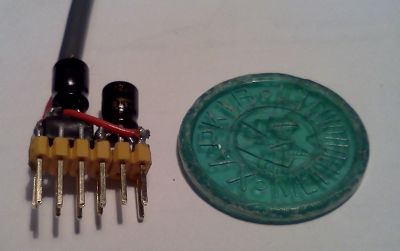
Solder the USB connector to the other end of the wire.
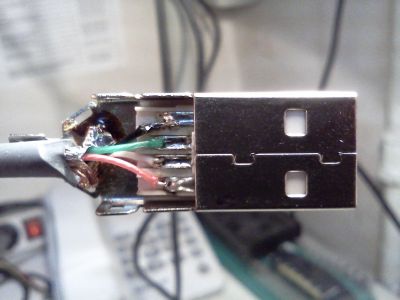
We connect this creation to the module and the computer.
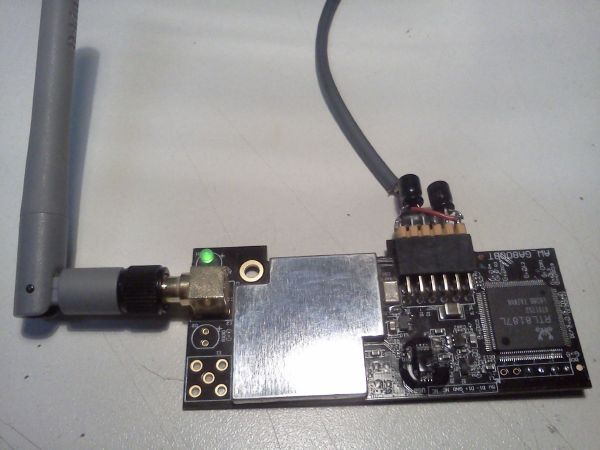
We download drivers from the manufacturer’s website , install ...

For a more aesthetic look, you can put on the USB connector and the “comb” shrink.
As a result, we get a USB Wi-Fi module for all experiments or everyday use.
The other day, they gave me the Asus P5N32 SLI Premium.

')
Having fiddled with the patient for some time and realizing that he is not subject to resuscitation (thank Nvidia chipsets), it was decided to send him to a rack with other “donors”. I was only interested in the wireless module. It was held only by the connector and the metal angle screwed to the motherboard, so it was easily removed.

On the other side

Runaway Google and Forum Asus issued pinout this piece of iron.

It is seen that the module is designed to work on the USB bus. For its full work, you need to use USB + 5, D0-, D0 +, GND and + 3VSB. The first four can be directly obtained from the USB connector. But to get + 3VSB +3 volts we use a linear power converter, for example AMS 1117 3.3 , which will allow you to get 3.3v from 5v, making our device independent of the motherboard and fully powered from USB.

Since I do not like irreversible changes, I decided to make a USB cable in which on the other hand there will be a so-called “comb” that will be connected to the module connector.
To do this, a connector with a suitable pitch pitch, a power converter, and a couple of 22mkF 25V capacitors were soldered out of the dead motherboard, which will be soldered to the input and output of the converter to facilitate its life.

To begin with, we put a piece of heat shrinkage on the converter for insulation. This will allow it to be placed between the comb pins for minimum dimensions. We solder to the Ground converter (to the Ground), + 5v (to the V in ), + 3.3v (to the V out ). Also between + 5V - Ground and 3.3V - Ground we solder capacitors, observing the polarity. The result was such a thing.


Solder the USB connector to the other end of the wire.

We connect this creation to the module and the computer.

We download drivers from the manufacturer’s website , install ...

For a more aesthetic look, you can put on the USB connector and the “comb” shrink.
As a result, we get a USB Wi-Fi module for all experiments or everyday use.
Source: https://habr.com/ru/post/110881/
All Articles